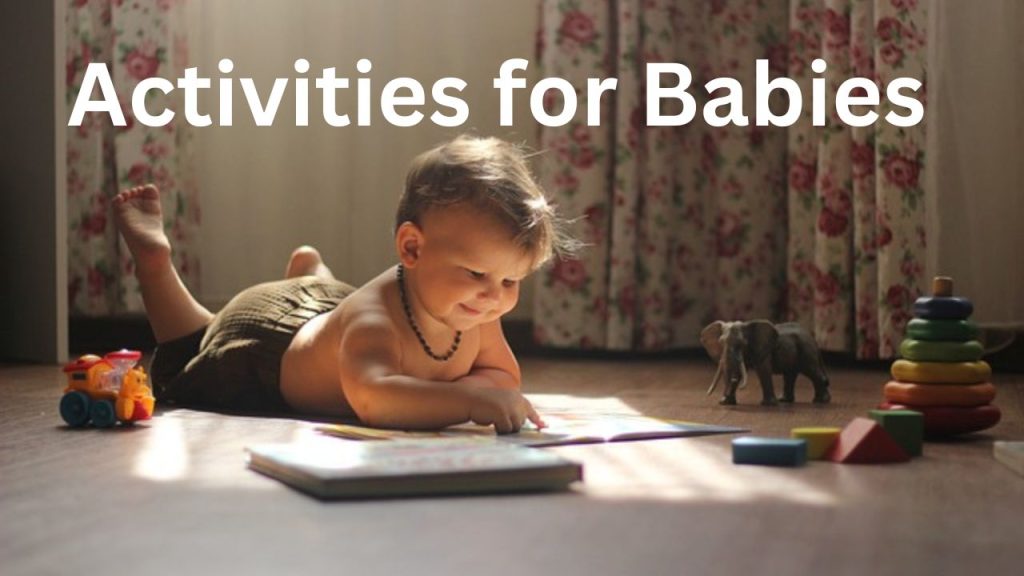Discover engaging and age-appropriate activities for babies, from newborns to 18 months. Learn fun ideas to stimulate their growth, development, and bonding with you!
Activities for Babies
For newborns to grow, develop, and form bonds with you, they must be involved in enjoyable, safe activities. Every stage, from babies to those getting ready to take their first steps, offers different opportunities for play and interaction. This thorough resource, broken down by age groups, will assist you in finding safe, interesting, and age-appropriate activities for your child.
Activities for Infants (0-12 Months)
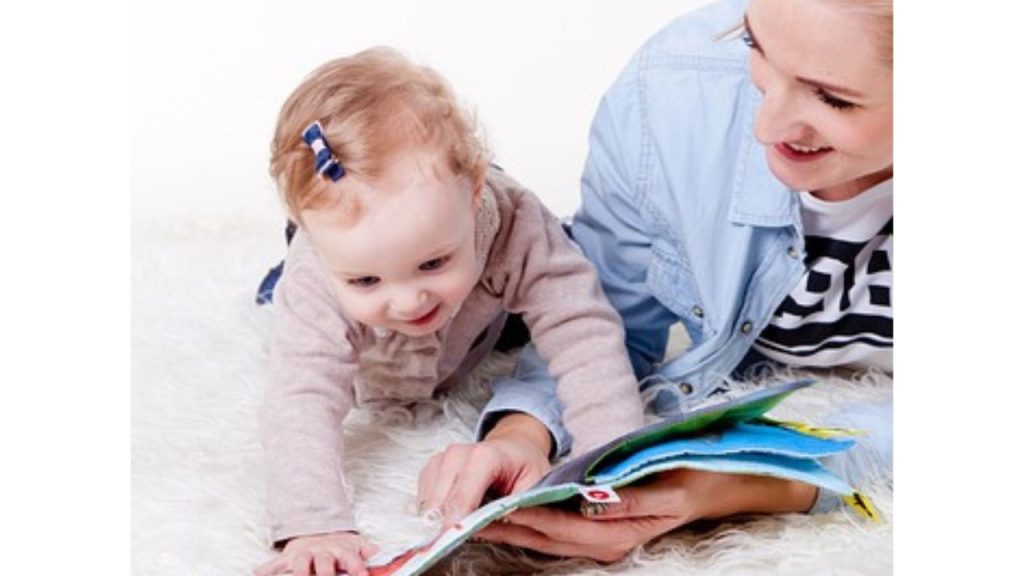
With new milestones being reached every month, the first year is an exciting time of exploration. Let’s get started with some ideas as babies are examining the world in their own special manner!
Activities for Babies 0-3 Months
Babies are beginning to focus on faces, noises, and light motions at this early age. To help excite them, try these easy activities:
– **Tummy Time**: Despite their small size, your baby’s neck and back muscles will benefit greatly from tummy time. As they become older, progressively extend the duration, starting with a few minutes each day.
– **Black and White Cards**: High contrast black and white graphics can help keep a baby’s attention and promote visual development because their vision is still developing.
– **Soft Massage**: Your infant may find a relaxing massage to be a calming experience that fosters connection and relaxation.
– **Music and Singing**: Your voice is a favorite of babies! Playing soft music or singing lullabies soothes them and promotes auditory development.
Activities for Babies 3-6 Months
Babies begin rolling over, making noises, and gripping objects between the ages of three and six months. They are now prepared for somewhat more interesting activities:
– **Soft Toy Play**: Make use of soft, colorful toys with various textures. Allow your infant to use their hands, feet, and mouth to feel and investigate these.
“Mirror Time”: Infants like observing faces, even their own. They can be fascinated by a baby-safe mirror as they start to identify their own image and various facial expressions.
**Peekaboo**: This timeless game is always entertaining! At this age, babies like the element of surprise and will laugh when you come and go.
– **Reach and grasp**: Encourage children to grasp toys that are just beyond of reach. This promotes mobility and aids with hand-eye coordination.
Things to Do with Baby Outside the House

You and your infant will both feel refreshed after spending time outside. They can immerse themselves in novel encounters in the outdoors.
A stroll in the park is a great way to experience the fresh air and new sights. To pique their interest, point out trees, birds, and other attractions.
– **Go to an Animal Park or Petting Zoo**: Babies are constantly fascinated by animals. It’s entertaining and instructive to see various animals and listen to their sounds.
Bring some toys, spread down a blanket beneath a tree, and have a comfortable outdoor picnic. Babies will like observing the movement of leaves in the wind.
– **Swimming**: Take a parent-child swim lesson if you’re game. Babies can enjoy mild, enjoyable water play as a means of introducing them to water safety.
Activities for Babies 12-18 Months
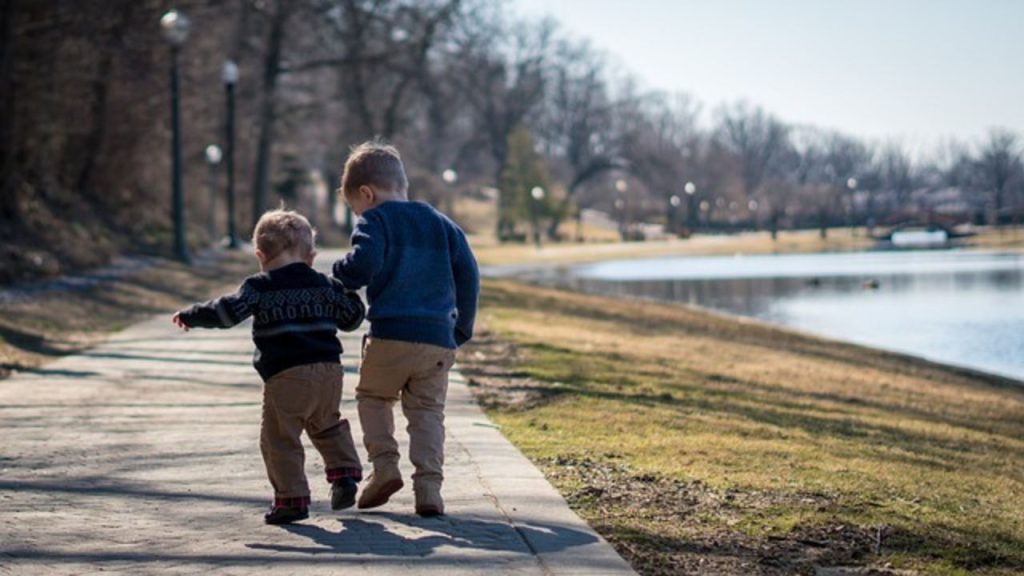
When infants grow into toddlers, they are prepared to explore independently and even try speaking a few words. Curiosity, mobility, and sensory exploration are key components of this period.
One of the best sensory activities is messy play, which includes finger painting. Let your child use their hands to experiment with color with non-toxic, washable paints.
– **Building Blocks**: Babies find unlimited amusement in stacking blocks, toppling them, and then reconstructing. Additionally, it’s a fantastic hand-eye coordination exercise.
– **Dance Time**: Music is adored by babies! Play a lively song, take their hands, and join them on a dance. It’s a fantastic method to release some energy.
– **Exploring Textures**: Stuff a box with various textures, such as rubber items, cotton, and smooth textiles. Allow your infant to handle them and observe how they respond.
Babies’ Favorite Activities at Home
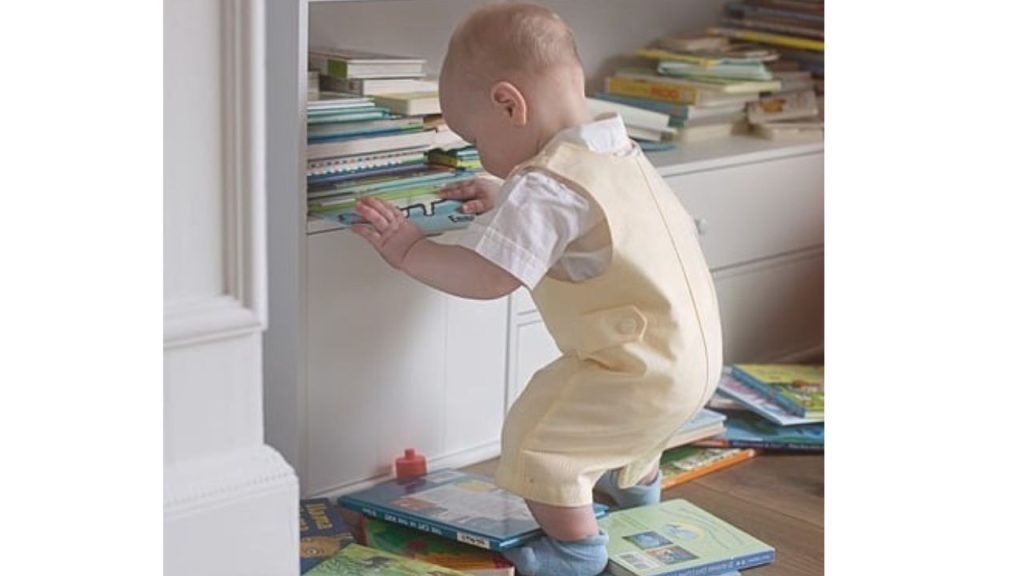
With commonplace objects and easy activities that babies like, the house may be a playground. Here are some inventive and safe ways to add extra enjoyment to family time:
A wooden spoon, a soft whisk, or a plastic measuring cup may all be exciting objects for a baby to investigate. Just be sure they’re safe for the infant!
– **Water Play**: Put a few floating toys in a small tub of water. Play and splash with your infant (under supervision, of course).
– **Bubbles**: Babies can’t get enough of blowing bubbles. They will enjoy attempting to catch them and watching them float.
– **Story Time**: Babies are captivated by simple picture books with vibrant colors. Storytime encourages a love of reading in children at a young age.
What Is a Baby’s Favorite Thing to Do?
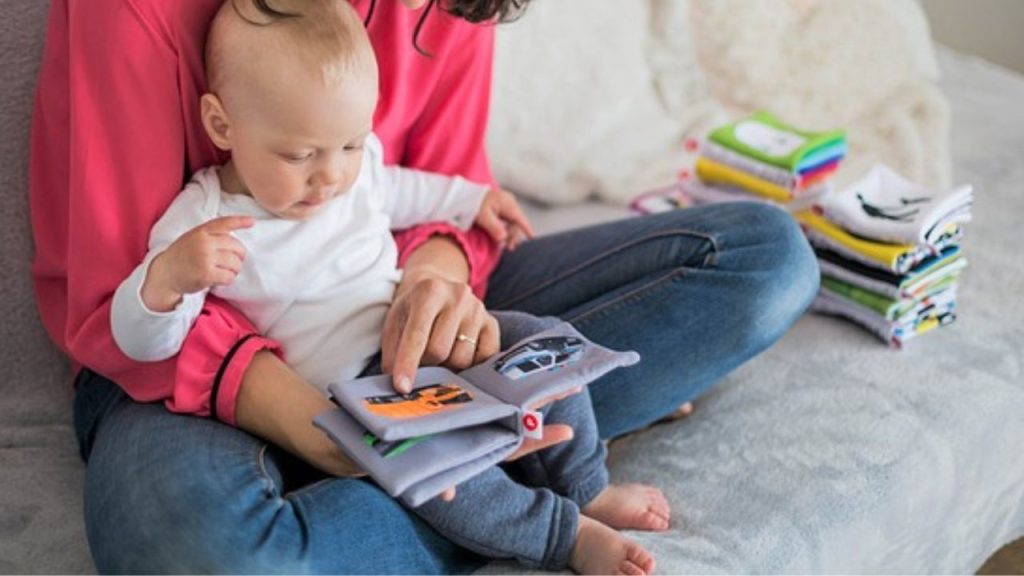
Although each infant is different, most of them like activities that include stimulation and engagement. The favorite activity frequently includes you as the parent, whether it’s listening to their parent’s voice, seeing vibrant colors, or trying out novel textures.
In general, babies like:
– **Watching Faces**: Babies are attracted to faces by nature, so engage with them intently and make amusing faces.
– **Feeling Different Textures** Babies like touching new textures, whether they are bouncy toys or soft blankets.
**Listening to noises** Babies are captivated by simple noises, music, and your voice singing.
What Are Babies Most Interested In?
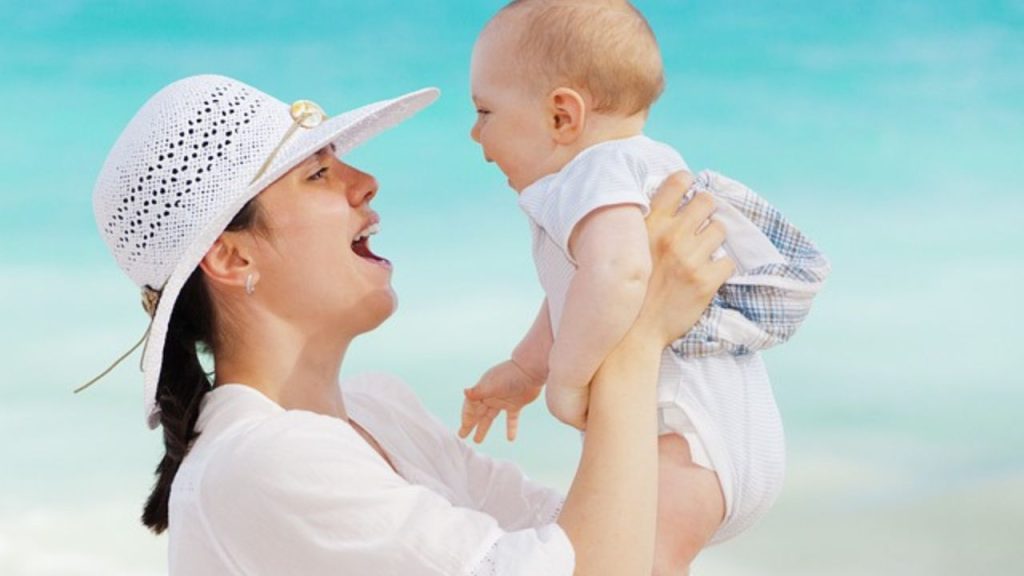
Babies’ primary focus throughout the first year of life is using their senses to explore the environment. A baby’s attention is often drawn to the following items:
– **Movement**: Babies are fascinated by movement, whether it’s a fan on the ceiling, a mobile above their cot, or your waving hand.
– **Colors**: Vibrant hues, especially those with strong contrast, aid in attention-grabbing and visual growth.
– **Sound**: From delicate book crinkling to soothing melodies, babies adore a wide range of noises. Try out various noises and observe how they respond!
What Do Babies Love the Most?
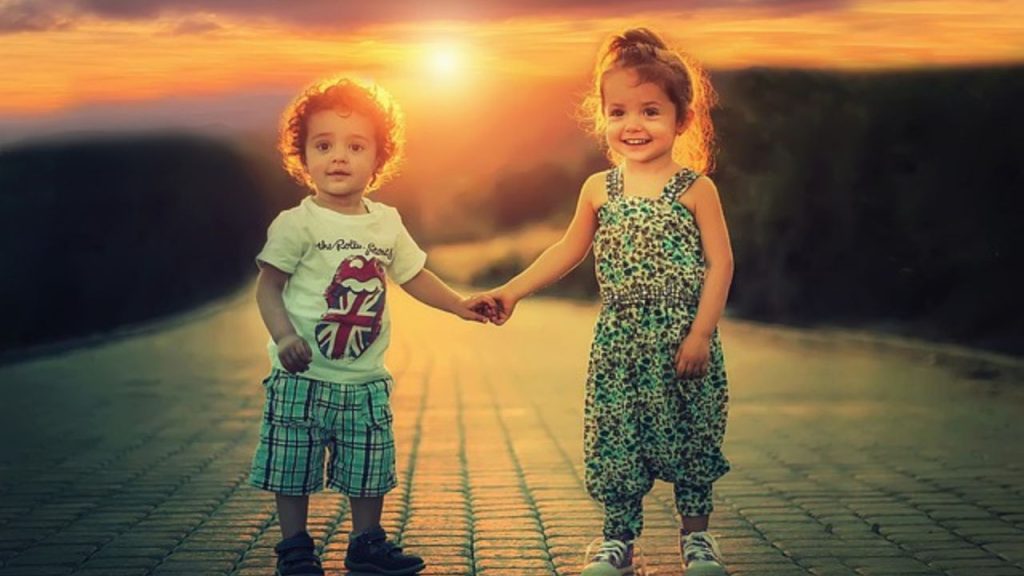
When a baby feels safe, loved, and entertained, they are at their happiest. The top items that infants adore are as follows:
– **Huggs and Cuddles**: Babies feel safe and at ease when they get physical love.
– **Interaction with Parents**: Babies want to be played with, talked to, and sung to. Easy games like “Peekaboo” and “This Little Piggy” are always popular.
– **Toys and Objects to Grasp** Babies like reaching out to grip objects and investigate their environment, whether it’s soft toys or rattles.
What Activities Are Good for Infants?
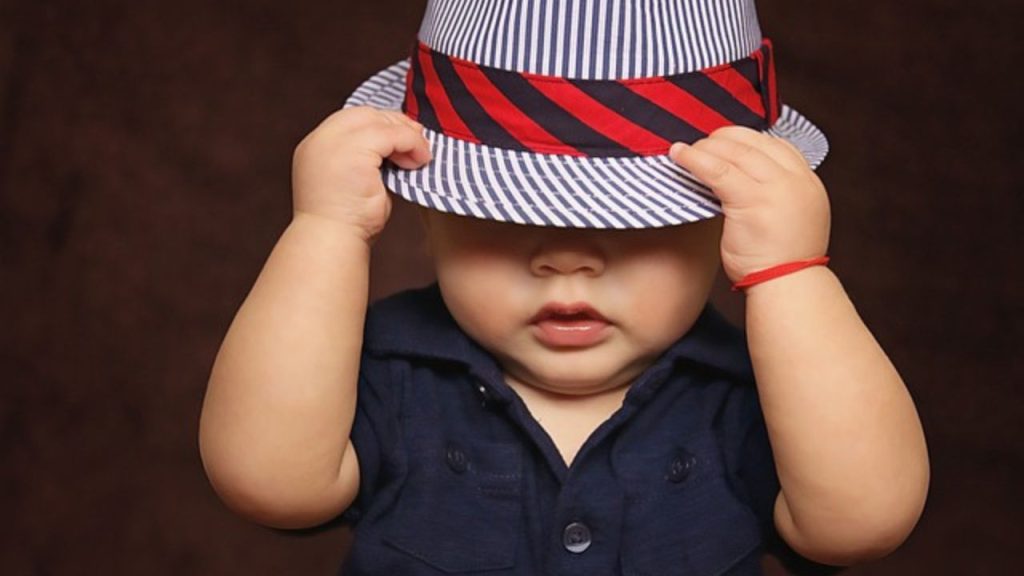
Every action a baby does can help with their development on all levels—cognitive, physical, and emotional. Activities that encourage healthy growth include the following:
– **Sensory Play**: Babies benefit greatly from sensory play, whether it is touching a cozy blanket, viewing a light-up toy, or listening to soothing music.
**Physical Movement**: Movement-promoting activities, like as assisted crawling, stretching, or tummy time, aid in the development of muscles and coordination.
– **Social Interaction**: Social and emotional connection with your newborn requires talking, singing, and laughing. Infants like interacting with their parents and other caregivers.
– **Visual Stimulation**: Show newborns mirrors, vivid toys, and books with a lot of contrast. Visual stimulation promotes attention and eye development.
Wrapping Up
The greatest activities for infants are easy, secure, and promote development while fostering lifelong memories. Your infant learns about the world and feels loved via every interaction, game, and moment you spend together.
As they become older, keep trying new things and seeing what makes them laugh and grin. Every developmental stage is valuable, so savor each one and keep in mind that you’re laying the groundwork for their delight, curiosity, and self-assurance.

